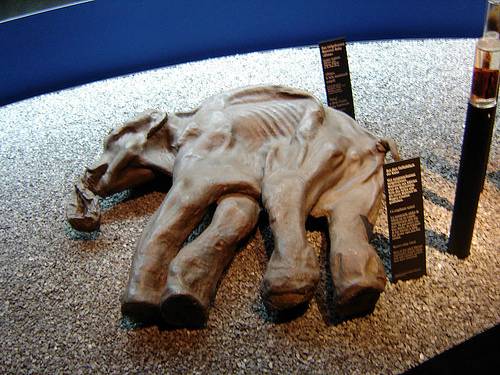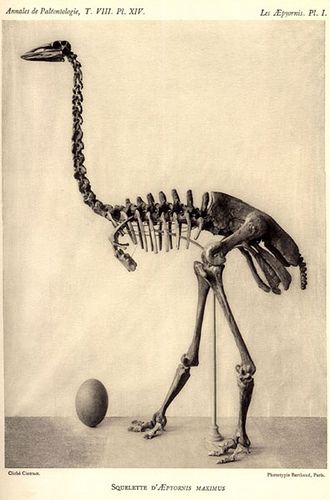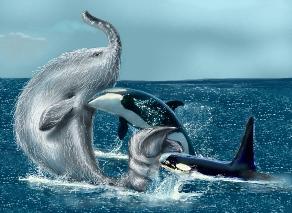En route from Vancouver to Australia on Dec. 30, 1899, the captain of the S.S. Warrimoo spotted a once-in-a-lifetime opportunity. At midnight, he stopped the ship at the intersection of the international date line and the equator.
At that moment, the ship was straddling two different hemispheres, days, months, years, seasons, and centuries, all at the same time. By passing between the bow and the stern, passengers could stroll between winter and summer, north and south, and the 19th and 20th centuries.
The downside: For the Warrimoo, Dec. 31 disappeared entirely.
(Roberto Casati points out that if you return to this point on June 21 and lie down on the deck, at midnight your left hand will be in summer, your right hand in spring, your left foot in winter, and your right foot in autumn.)






